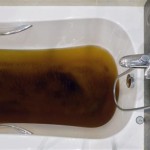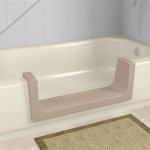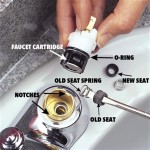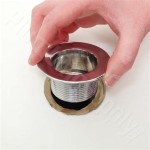Bathtub Gin Recipe: A Historical and Practical Exploration
The term "bathtub gin" evokes images of clandestine operations during the Prohibition era in the United States (1920-1933). While the name suggests a crude, potentially dangerous concoction brewed in a bathtub, the reality is more nuanced. This article explores the history of bathtub gin, dissects the process, and provides a modern, safe interpretation of the concept.
During Prohibition, the manufacture, sale, and transportation of alcoholic beverages were illegal. This led to a surge in the production of homemade spirits, often of questionable quality. "Bathtub gin" became a catch-all term for any illicitly produced gin, though its actual production seldom involved a bathtub. The term likely arose from the need to use large containers for mixing ingredients due to limited access to proper distilling equipment.
Authentic bathtub gin was often a crude spirit, made by redistilling industrial alcohol with juniper berries and other botanicals. Industrial alcohol, readily available at the time, was often denatured with toxic substances to deter consumption. Removing these denaturants was difficult and incomplete, leading to serious health risks associated with consuming bathtub gin. Blindness, paralysis, and even death were potential consequences.
The process of making true bathtub gin, as practiced during Prohibition, is not recommended and is potentially dangerous. Modern interpretations, however, offer a safe and flavorful way to explore the concept of infusing spirits with botanicals. These methods, often referred to as "compound gin," focus on flavor extraction rather than distillation.
Compound gin avoids the dangers of redistilling industrial alcohol by using a readily available, high-proof neutral grain spirit as a base. Vodka is a common choice due to its neutral flavor profile. The focus shifts to creating a unique gin flavor through the careful selection and infusion of botanicals.
Juniper berries are the defining botanical in gin. They provide the characteristic piney, resinous aroma and flavor. Other common botanicals include coriander seeds, angelica root, citrus peels (lemon, orange, grapefruit), orris root, cassia bark, licorice root, and cubeb berries. The specific combination and proportion of botanicals determine the gin's flavor profile.
Creating a modern bathtub gin, or compound gin, involves infusing the chosen botanicals into the neutral spirit. This can be achieved through a process of maceration. The botanicals are measured and combined with the spirit in a clean, airtight container. The mixture is then stored in a cool, dark place for a period ranging from a few days to several weeks, depending on the desired flavor intensity.
The infusion process requires regular tasting and monitoring. Once the desired flavor profile is achieved, the mixture is strained through a fine-mesh sieve or cheesecloth to remove the botanicals. The resulting infused spirit is then bottled and stored. The final product offers a unique, personalized gin experience.
Experimentation is key to crafting a successful compound gin. Different combinations and quantities of botanicals yield a diverse range of flavor profiles. Start with a basic recipe and adjust based on personal preference. Keeping detailed notes of each batch allows for refinement and consistency over time.
Several factors influence the final flavor of compound gin. The quality of the base spirit is crucial. A higher-proof spirit will extract flavor more efficiently. The freshness and quality of the botanicals also play a significant role. Whole spices, rather than ground, are preferred as they offer a cleaner, more nuanced flavor.
The length of the infusion period is another important variable. Over-infusion can result in a bitter or overpowering flavor. Regular tasting throughout the process allows for precise control over the final product. Temperature also influences the extraction rate. A warmer environment will accelerate the process, while a cooler environment will slow it down.
While the term "bathtub gin" carries historical baggage, its modern interpretation provides a safe and creative avenue for exploring the art of gin making. By focusing on the careful selection and infusion of botanicals, individuals can craft unique spirits tailored to their preferences. This approach allows for experimentation and a deeper understanding of the complex flavors that comprise gin.
Modern compound gin offers a compelling alternative to commercially produced gin. It allows for a level of customization and control not readily available with commercial products. It also provides a tangible connection to the history of gin and the ingenuity born out of Prohibition, albeit in a safe and legal context.

Bathtub Gin Recipe Viet World Kitchen

Brilliant Summer Cocktails From Bathtub Gin

Recipe Bathtub Gin The Alchemist

Ableforth S Bathtub Gin A Week Well Spent Daisies Pie

Bathtub Gin Recipe Viet World Kitchen

Bathtub Gin Recipe Viet World Kitchen

Bathtub Gin Fizz Recipe Pillsbury Com

Cocktail Recipes Bathtub Gin

Cocktail Recipes Bathtub Gin

The Rosemary Grapefruit Gin Cocktail Ft Bathtub Slurp Social
Related Posts








